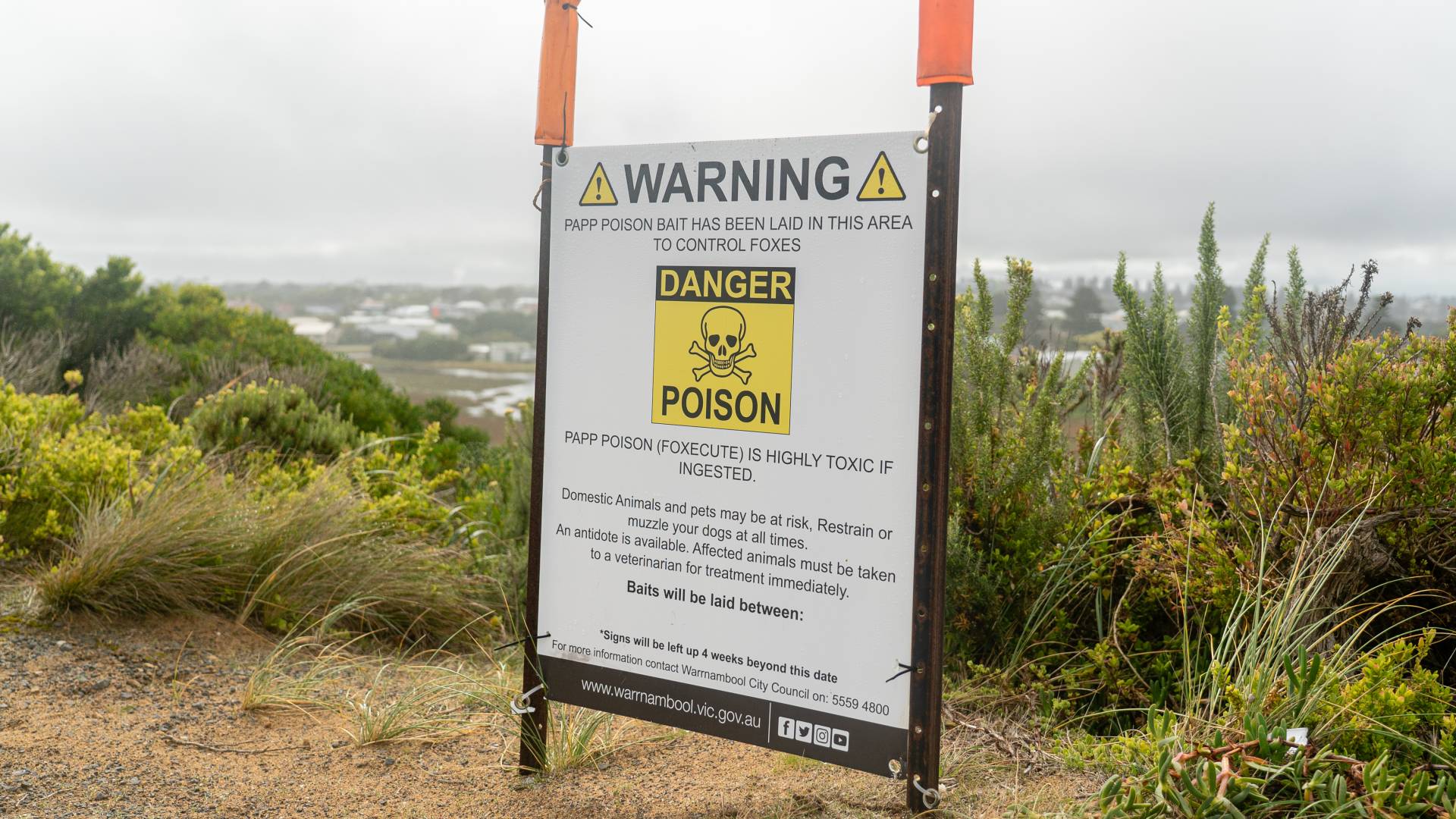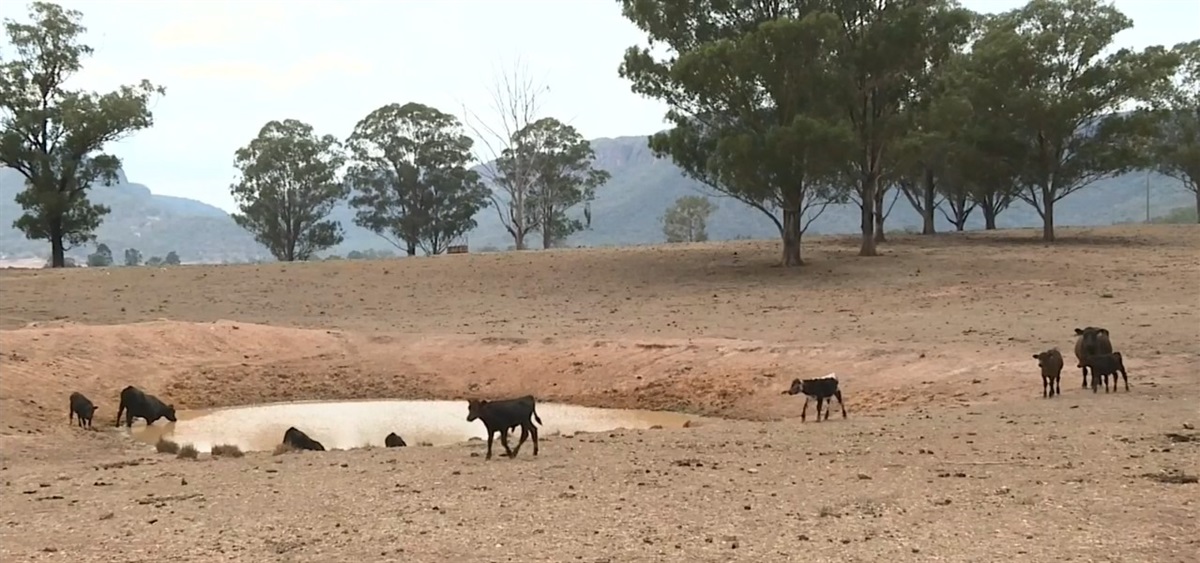This month I was going to write about all the clawbacks and abatements of tax credits, accommodation supplement and the like. As they, like soaring rents, can seriously undermine the impact any pay increases people receive.
And being part of a movement that is quite keen on pay increases; keeping an eye on these ‘countervailing forces’, I see, as an important part of my role. But that is going to have to wait for another day.
Because as part of the whole ‘getting back into economics as a discipline’ thing – I read the recent Reserve Bank’s Monetary Policy Statement.
Now before Grant Robertson was Finance Minister – the Reserve Bank had one job. Price stability. Aka keeping inflation down.
Now they have two jobs. Price Stability and Maximum Sustainable Employment 1.
Again, being part of a movement that is all about employment, high wagesand decent work – the latter is of great interest to me.
And coming into the idea of maximum sustainable employment naivelycold, I would have thought that this meant anyone who wanted paid work got itin a way that didn’t degrade the environment. Maybe with a bit of ‘betweenjobs’ frictional unemployment but otherwise it sounds exactly like theworld the union movement talks about. And something to indeed aspire to.
But no.
The indicators seem to say we are either now at or above this level.
Sorry? What?
We currently have 111,000 people without any paid work, another 90,000people who want more paid work than they currently have and 76,000 young peoplewho are not in education employment or training (NEET).
And that’s full employment? Seriously? We can declare victory and gohome?
Now this wouldn’t be such an issue if we had welfare benefits or a safety net for these people which enabled any sort of decent life – but as the Welfare Expert Advisory report clearly showed is absolutely not the case.
So why would the Reserve Bank feel that 111,000 officially unemployed, 90,000 who wanted more paid work, 84,000 who want a job but aren’t classed as officially unemployed, and 76,000 young NEETs was the maximum sustainable employment level in the economy? It all comes back to the OG focus on price stability and currently wages are going up faster than general inflation as represented by the consumer price index. And to people receiving the wages – that is a good thing.2
But to the Reserve Bank, their concern is that wage rises could passinto prices and prices could go up. And under their mandate that is – a badthing.
Now it is true prices could go up. Another option is that the higher labour costs could incentivise a greater use of technology or capital, reducing the need for labour – particularly in low wage low productivity sectors of the economy – which in turn reduces the need for such a reliance on labour from overseas.3 Then a greater use of capital makes the remaining labour more productive and is the basis for higher wages.
Unfortunately, there didn’t seem to be any sign of that story in the Statement. And there was also no change to the OCR with ‘full employment’ being one of the reasons why. As time goes on, I hope to track the Reserve Bank analysis further in this area.
Download the full bulletin: CTU Economic Bulletin 217 – February 2020
1 Although I note in the glorious way of bureaucrats, since forever, the new objective has been interpreted as consistent with the old objective. And interestingly in the Minister’s press statements he calls it ‘maximum employment’.
2 Except if they are renting their inflation is much higher than the average. Or if they have children, an Auckland rent or a student loan – when they will have some of the pay increase clawed back. But generally, wage increases – good thing – as it is the predominant way people get the money they need for a decent life.
3 Table 8 International migration. The increase in temporary work visas is also, unfortunately, correlated with the exploitation of the people concerned. https://www.mbie.govt.nz/dmsdocument/7109-temporary-migrant-worker-exploitation-in-new-zealand







